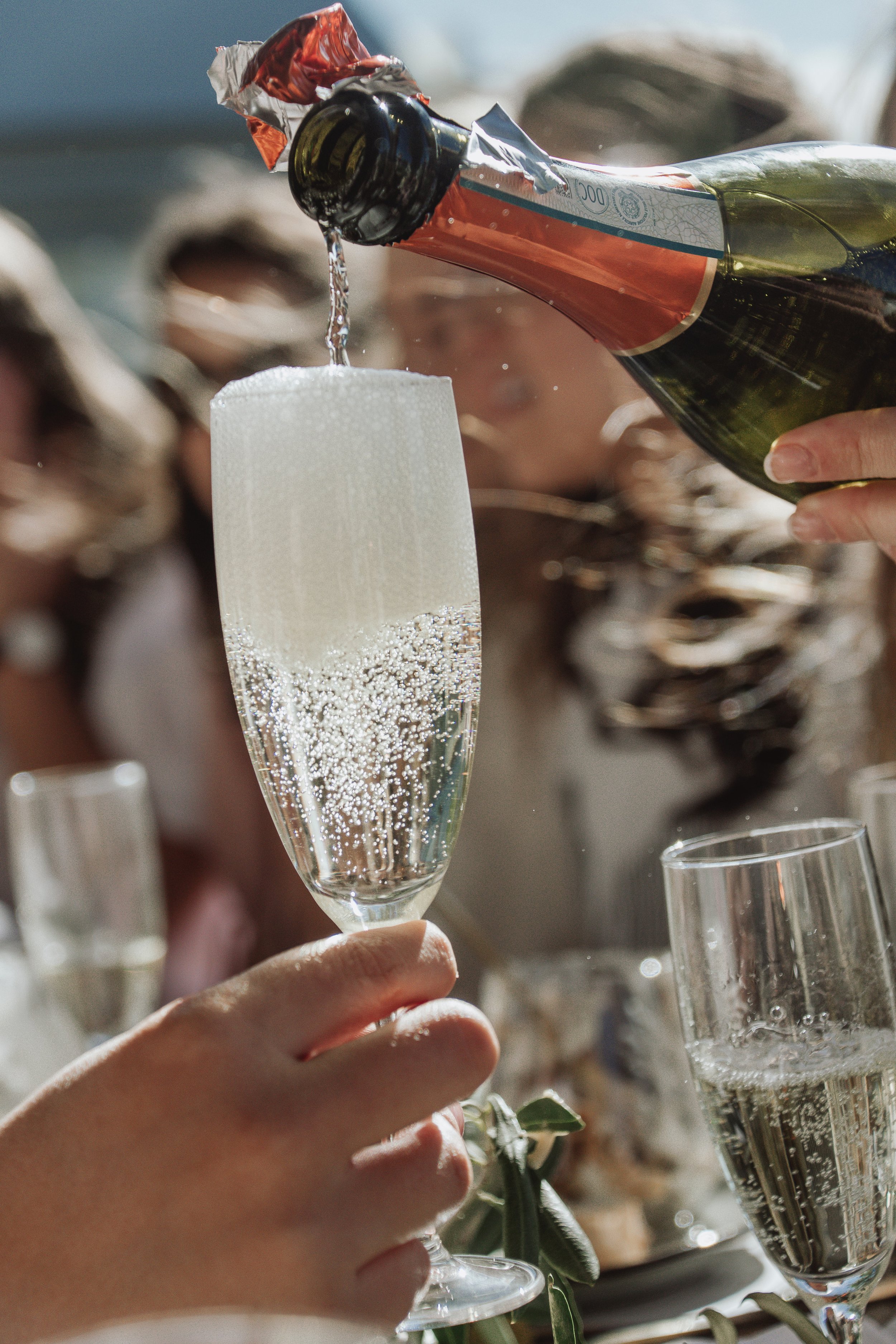The type of glass that you use affects the wine drinking experience. Its look and feel play a part, as does the size and shape of the glass. What then about a stemmed glass versus a stemless glass?
Stemless glasses can be fun, and with the right size, shape and thickness, they can offer a nice wine drinking experience. But you should really step up to a stemmed glass once you start exploring nicer wines. Now, the reasons for a stemmed glass may seem a bit 'snobby' but hear me out. A stem is important for several reasons.
First, a stem allows you to keep your hand and fingers off the bowl of the wine glass. Why is this important? Well, it keeps the bowl of your wine glass clean and clear of unsightly fingerprints and smudges. This makes for a more visually pleasing look of your glass.
Second, a stemmed wine glass allows you to hold the wine glass properly - by the stem. This is important when you swirl your glass. The topic of why one swirls a wine glass was previously addressed, but to summarize, it allows the wine to gain additional exposure to air and it allows for greater release of the wine's aroma for that all-important combination of taste and smell. Swirling with a stemmed glass is easy, whether you are holding the stem in your hand or if you are doing a tabletop swirl.
Third, because the sense of smell plays such an important role in the taste and enjoyment of wine, you want to avoid introducing other smells while sipping wine. And the object that is always near your nose as you drink is your hand. By using a stemmed wine glass, you keep your hand and any hand smells (food, perfume, lotions, etc.) sufficiently away from your nose.
Finally, a stemmed wine glass is important to the serving temperature of a wine. Holding a wine glass by the stem does not transfer any of your body heat to the wine. Red wines are generally served in the 62° F to 68° F range, while whites are served between 50 to 55° F. By holding the glass by the stem, it avoids your 98° F degree hand from affecting the wine's temperature.
So, there are definitely differences between a stemmed versus a stemless wine glass. And, for the reasons above, you will have a finer wine drinking experience when holding a stemmed wine glass. Cheers!


